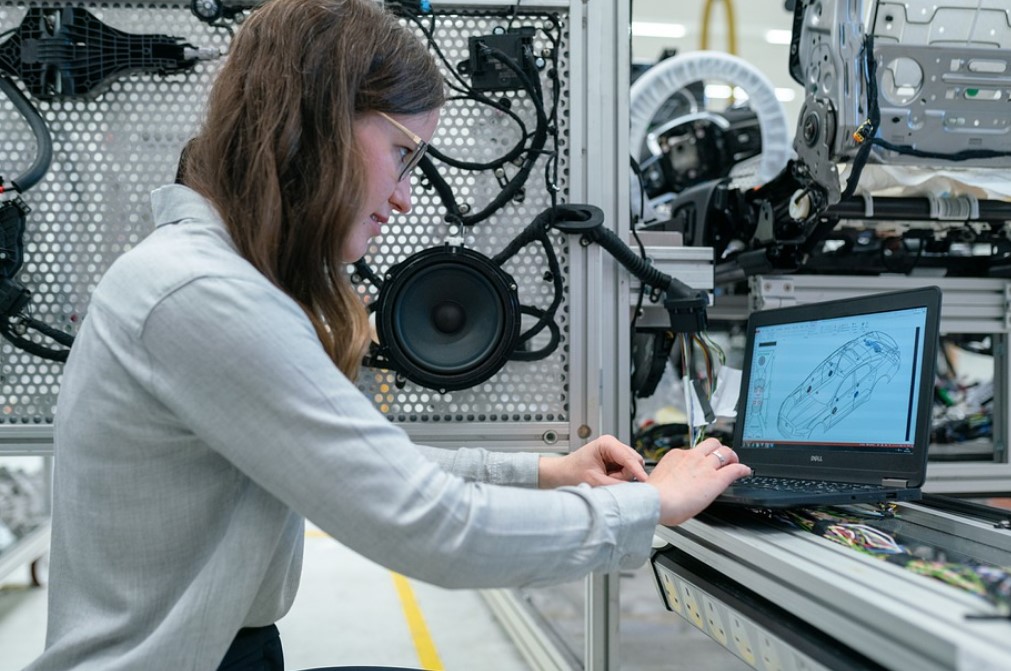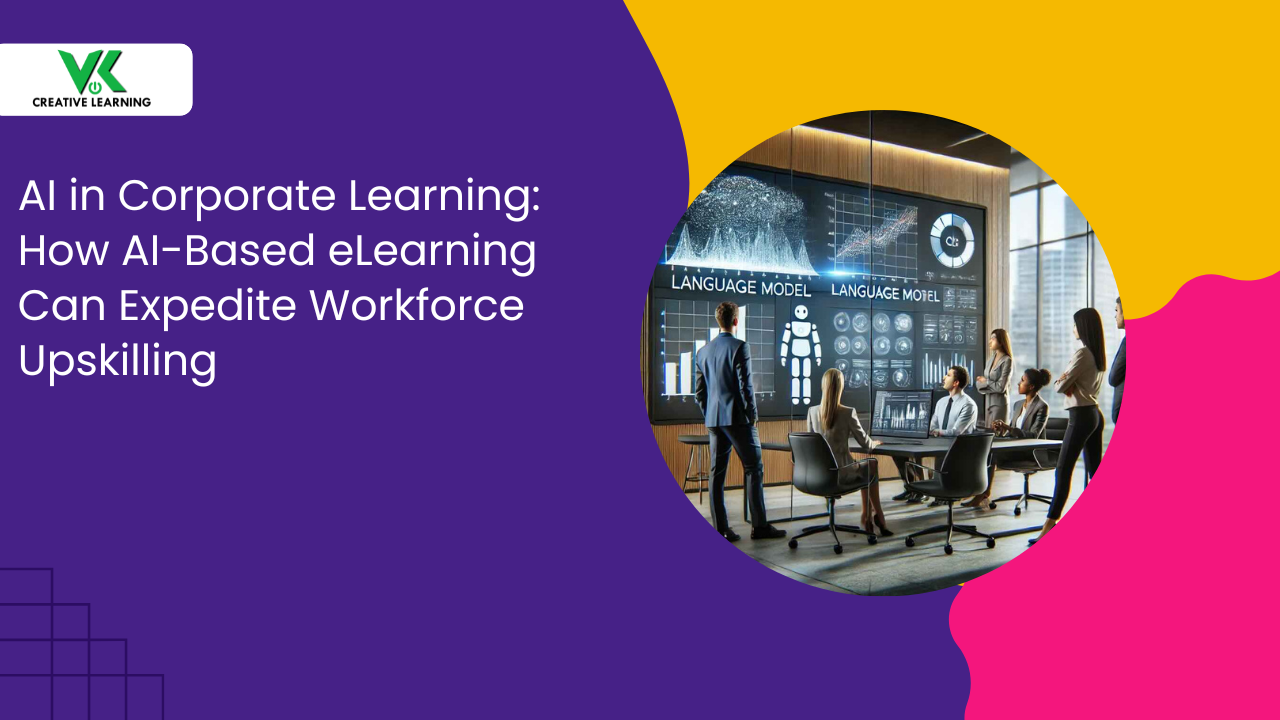Overcoming Different Training Challenges with the Automobile eLearning Solution
June 13, 2022
The automobile industry is one of the key industries responsible for the success of the American economy. This industry employs around 7.25 million Americans and contributes between 3 and 3.5 percent to the nation's gross domestic product. Additionally, the sector is renowned for its contribution to employment and its facilitation of road transportation. The automotive industry has also been regarded as a major contributor to technical and operational advancements for decades, and the majority of companies in this sector regularly take steps to up-skill and re-skill their staff. Having said that, it is not easy as it sounds as there are many challenges that have to be overcome to provide robust training to the employees. In this article, we will discuss the different obstacles faced by the automobile industry as far as training is concerned and how the use of automobile eLearning solutions would help overcome the different training obstacles.
Different obstacles faced while training employees in the Automobile industry
Various obstacles faced while training employees in the Automobile industry are explained below.
A huge number of employees to train:
The industry suffers the greatest difficulty in designing and delivering training because of a large number of learners, the majority of whom are geographically dispersed. Reaching out to such a wide variety of learners is sometimes time-consuming and costly through in-person classroom sessions. Also, it is not possible for employees who are dispersed geographically to come to the central office for training purposes.
The learner’s background is very diverse:
From factory laborers to office managers, there are a variety of individuals with unique backgrounds and varying levels of education. Diverse cultural backgrounds and levels of education generate disparate learning goals that are challenging to incorporate into a SINGLE learning objective. In other words, it may not be possible to train right from managers to factory laborers in a single classroom session. Different levels of employees would require different types of training according to their work profiles.
The training content is divergent:
Employee training involves hands-on experience, which is best gained on the production floor. This may be an effective method of education, but it is also both time- and resource-intensive. Thus, looking out for an alternative suggest automobile e-learning solution would be better as most of the employees can be trained without the need to rush them to the production floor.
How can eLearning in the automobile industry help overcome various training issues?
Given below are some of the ways through which eLearning for automobile industry can help to overcome various training issues.
1. Content in multiple languages:
Using automobile e-learning training modules, professionals in any region of the globe and at any time have access to unique training programs designed by industry specialists. Occasionally, a lack of skill in a specific language might impede a learner's comprehension, however, e-learning systems that give selected information in several languages have completely eliminated this obstacle.
An e-learning platform is very helpful with regard to reducing expenses. E-learning is very economical compared to extravagant conferences, which incur a substantial cost in terms of thought leaders' fees, site charges, and a substantial amount on logistics.
2. Customization:
Employees' hard and soft skills may be enhanced via the usage of e-learning training solutions. To get the most out of a course module, a learner may check out detailed and interactive animations and videos created by seasoned instructors a limitless number of times.
Moreover, the learner has the option of selecting many online coaches or subject matter experts. Depending on the needs of a company, the content may be further tailored to include business-relevant themes.
Furthermore, the business can reap the advantages of localized learning material in native languages as a result of exceptional breakthroughs in region-specific virtual training programs.
Now, in addition to automakers, suppliers and merchants are providing training to their workforces according to their individual demands and in their chosen languages. Therefore, locally employed staff in showrooms and dealership networks have no barriers when retraining or upgrading their skills.
3. Virtual tour of the production facilities:
For new hires seated in the corporate office, viewing the manufacturing facilities may present a logistical challenge. With a virtual tour of the production facilities, new recruits may get a comprehensive tour whether seated at their desk, at home, or on the way to work. This gives a safe and secure method for understanding the intricacies of their sector while maximizing available time.
In the manufacturing business, where factories are often located in remote locations, a virtual tour works extremely well, but knowing how a facility operates is crucial for managers to execute training smoothly. Additionally, a virtual tour may be done at any time, even after a physical visit. This makes it possible to refresh whenever the need arises.
4. Training from home:
As a result of the Coronavirus epidemic, not just the automobile industry but the whole global economy went into lockdown. As companies cannot be closed for an extended period of time, training from home became the new standard way of training employees.
In the foreseeable future, lockdowns will continue to disrupt most industries in one region or another of the planet, since the outbreak has not yet ended. In light of these uncertainties and obstacles, businesses will be compelled to embrace the culture of training from home. In such a scenario, e-learning for the automobile industry would emerge as the ultimate rescuer.
5. Use of animation, simulation, and illustrations for enhanced understanding:
On-site interactive animations and videos may offer learners a sense of the actual work environment and a comprehensive understanding of how to operate machines. Flowcharts and graphics may demonstrate how to execute procedures in line with operational and safety standards.
Simulations may accurately display the inner workings and intricacies of a machine as they occur in the real world. The use of 3D animations to demonstrate and depict the intricate workings of a machine may provide the learner with a lifelike experience. This would give an in-depth understanding of the machine's inner workings, which may be used to boost time efficiency and production, and most importantly, to support safe operation.
6. Training for learners in far-flung geographies
It is possible to establish virtual classrooms for distant learners, where they may explore, practice, and improve themselves. Learners who often feel disconnected from the organization's main body discover an immediate connection.
Encourage interactions with classmates and teachers to improve the learning experience. The students may submit questions and obtain responses from their knowledgeable peers. In addition to reference books and guides, peers and industry experts may share their experiences and learn from one another.
Final thoughts:
There may be a host of training challenges that may come up while conducting in-person classroom sessions. In fact, in certain circumstances, it may not be possible to conduct training sessions if employees are located in different geographic locations. This is where automobile e-learning solutions, created by pioneer companies like VK Creative Learning (VKCL), can be helpful as they can create eLearning for the automobile industry as per your custom requirements.




